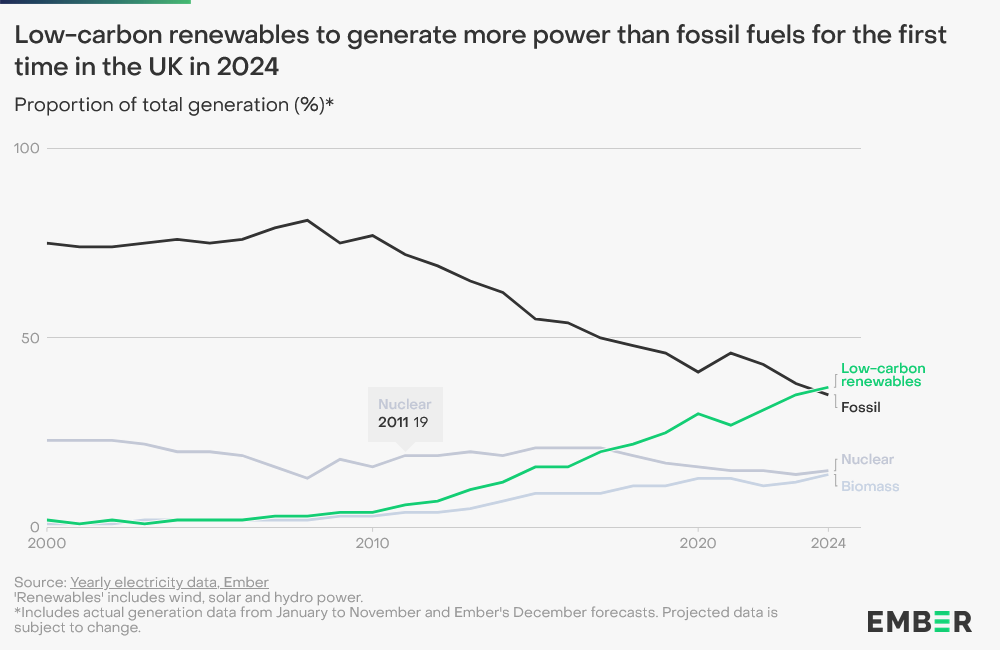Ofgem has launched a major review into how costs are allocated across the energy system, including a range of potential alternative pricing models for consumers that could see ‘wealthier’ customers pay more.
The energy system is changing, with maintenance investment and upgrades required, and as part of the Cost Allocation and Recovery Review (CAR) will look at the whole energy system, stakeholders are being asked for their views on what a new pricing model might look like, which would be subject to future consultation.
Both domestic and non-domestic customers are changing the way in which they use energy, including by using new technologies to shift their use to different times of the day and in some cases by increasing their use of electricity (for example via EVs and heat pumps). Additionally, many domestic consumers have made it clear to Ofgem that they think the current system of a standing charge and a unit rate is unfair, although research indicates there is no consensus on a preferred alternative model.
Ofgem CEO Jonathan Brearley said: “As we transition to a more secure, homegrown, renewables-based energy system, unit costs may decrease due to reduced reliance on expensive and volatile gas. However, fixed costs, such as those needed to upgrade the energy network to deliver cleaner and more secure power to our homes, could rise. This shift in the make-up of system costs means we need to review how we pay for energy and carefully consider how these costs are distributed.”
Under the existing arrangements, system costs are paid for by energy system users and consumers through their energy bills, with separate standalone bills for electricity and gas. In the review, Ofgem has expressed the desire to protect low-income households. Likewise, different commercial sectors could see different pricing mechanisms.
During an Energy Security and Net Zero Committee meeting in June Brearley proposed that energy could be charged according to income, saying “…this system is going to have more fixed costs and less variable costs than it does today, then how do we best allocate those costs? And one of those ways may be to attach it to income”.
The regulator is only seeking views at this point and is not recommending any specific option.
© 2019 Perspective Publishing Privacy & Cookies







Recent Stories